.jpg%3Falt%3Dmedia&w=640&q=75)

Blockchain Security Services: A Definitive Guide
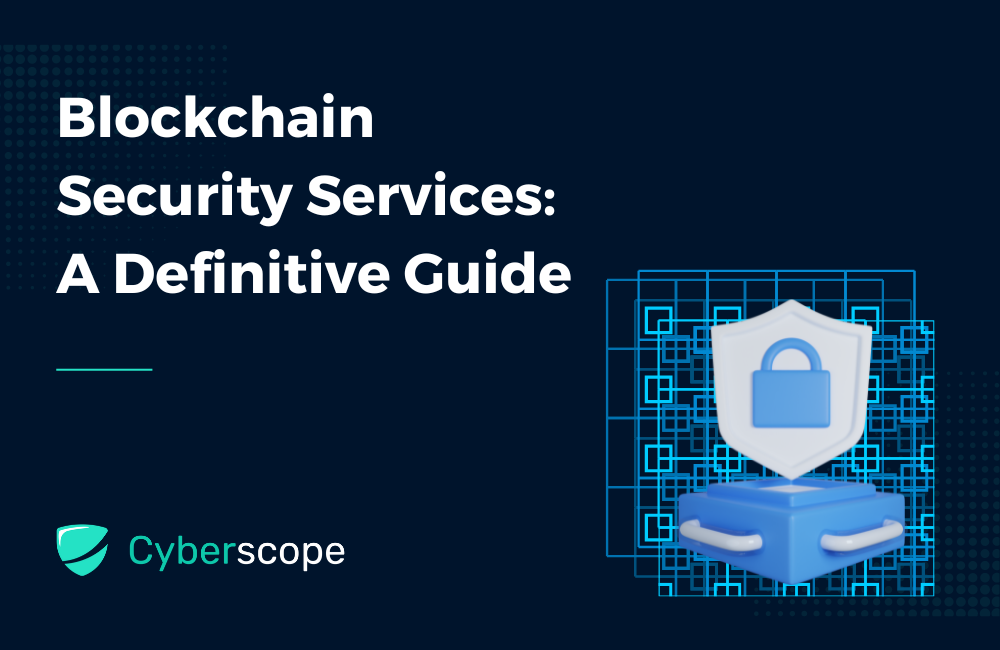
Introduction
Blockchain technology's security is a critical component that cannot be overlooked as it continues to change multiple industries. Although blockchain is intended to be safe and impenetrable by tampering, it is not immune to security risks. Therefore, it is crucial to use blockchain security services to shield blockchain systems from malicious actors and potential vulnerabilities.
The Importance of Blockchain Security Services
To guarantee the security and safety of blockchain systems, blockchain security services are essential. These services are made to guard blockchain networks against numerous security risks, such as fraud, illegal access, and data breaches. The demand for blockchain security services has grown even more urgent as blockchain technology is being adopted by more sectors of the economy.
The hazards related to employing blockchain technology are reduced with the aid of blockchain security services. They add an additional layer of defence against any flaws and security lapses, assuring the security and reliability of blockchain networks. Businesses can safeguard their valuable assets and sensitive data from cyber-attacks by using such services.
The Various Threats Blockchain Technology is Facing
Numerous security risks to blockchain technology exist that could jeopardize its reliance and security. Common threats include the following:
51% Attack: A single organization controlling more than 50% of the network's computer capacity is said to be committing a security danger known as a "51%" which gives them the ability to tamper with transactions and steal digital assets.
Sybil Attack: This type of attack includes generating several false identities in order to take over the network.
Smart Contract Vulnerabilities: Smart contracts are self-executing contracts that are set up to run automatically when certain criteria are satisfied. However, coding flaws could make it possible for attackers to take advantage of the contract and steal digital assets.
Phishing Attacks: Phishing attacks deceive users into divulging their login information or private keys, allowing attackers to get access to their digital assets.
Malware Attacks: Malware is capable of infecting a user's computer or other device and stealing their private keys or other sensitive information.
It's readily apparent that blockchain auditing is an essential part of preserving system security after talking about the significance of blockchain security services and the dangers that blockchain technology confronts.
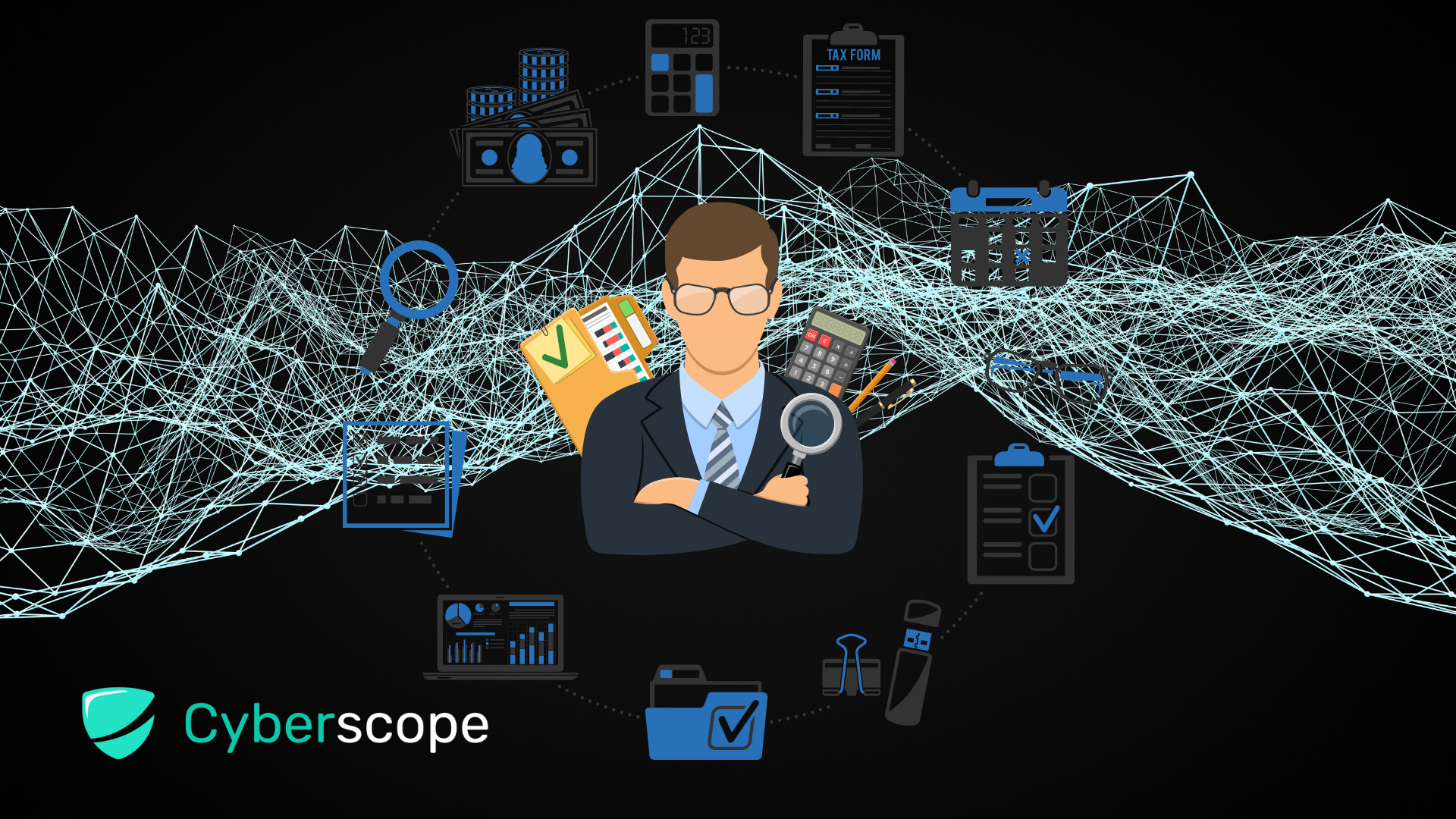
Blockchain Auditing
Blockchain auditing is the practice of assessing a blockchain system's security in order to find and fix flaws. To make sure the system is safe from potential security risks, this procedure entails examining the code, testing the system, and studying the network architecture.
Importance
Blockchain technology is still in its early stages, and security flaws are continuously being found in it. Regular audits are vital to make sure the system is safe since blockchain technologies need a high level of security. Blockchain auditing is essential for spotting any security holes and making sure the system is protected from future intrusions.
Reviewing Code and Network Architecture to Identify Vulnerabilities
Blockchain auditing is examining the network architecture and source code of a blockchain system to find flaws. The auditor checks the code for any mistakes that can allow attackers to take advantage of the system. Additionally, they search for network architecture flaws that an attacker might exploit, such as open ports or lax access controls.
Examples of Auditing Tools and Techniques
Static analysis, dynamic analysis, and manual code review are just a few of the methods and tools utilized in blockchain auditing. Static analysis entails looking at the blockchain system's source code without actually running it. Running the code while monitoring its behaviour is known as dynamic analysis. Manual code review is the process of going over the code by hand to find vulnerabilities that automated tools could have overlooked. Penetration testing, vulnerability analyses, and threat modelling are further auditing methods.
Furthermore, auditing includes analyzing the code and network architecture to find vulnerabilities and guarantee that the system is functioning properly. Auditing smart contracts, in addition to regular auditing methodologies, is becoming increasingly relevant in the blockchain business.
By automating processes and lowering transaction costs, smart contracts have the potential to change business operations. They are, nevertheless, prone to security issues like programming mistakes and scammers.
As a result, auditing smart contracts is crucial for identifying code vulnerabilities and ensuring that they perform as intended. Auditing smart contracts entails evaluating the code to find security flaws and verifying their functionality to guarantee that they achieve the desired results. This procedure contributes to the security, dependability, and trustworthiness of smart contracts
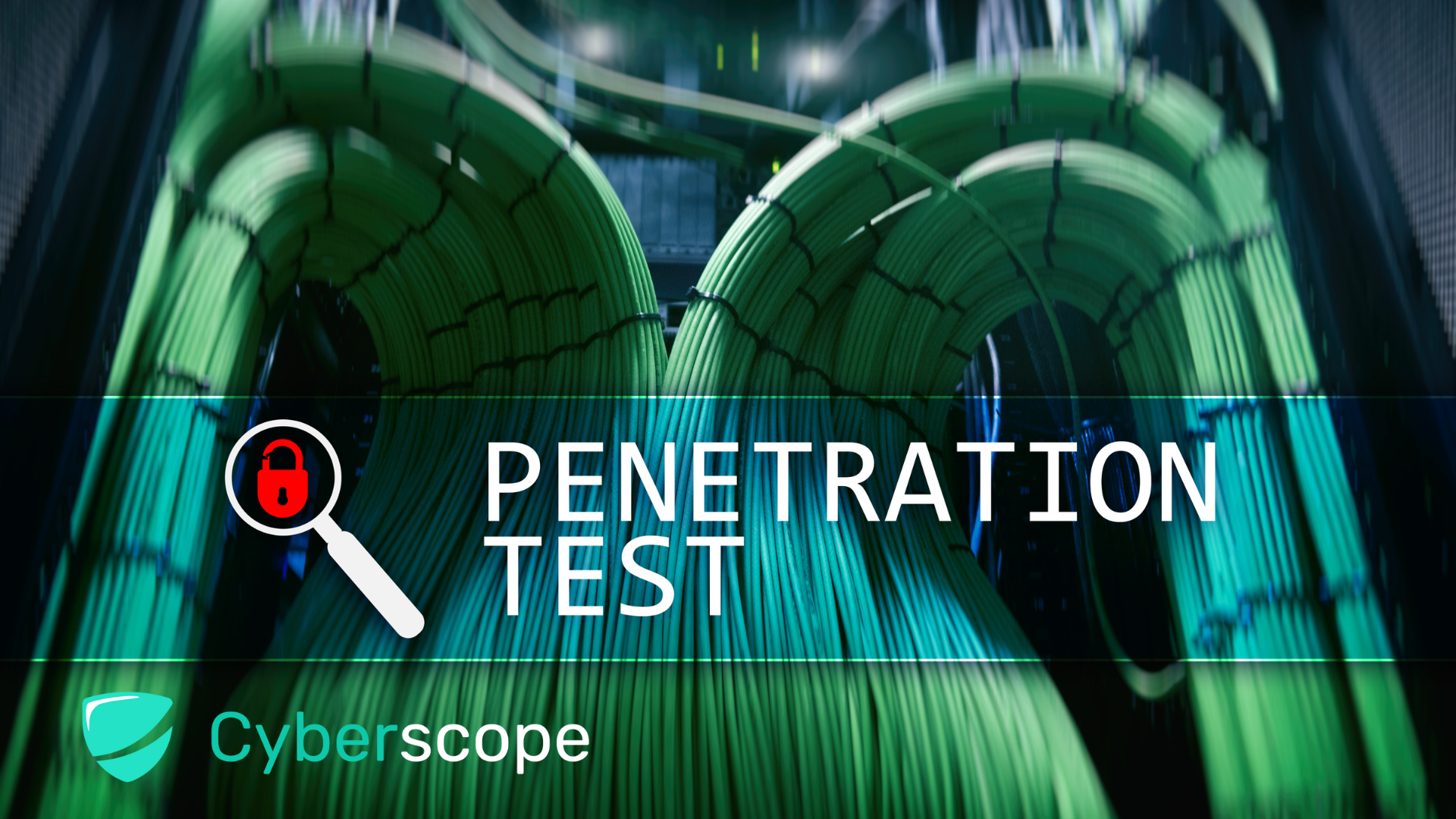
Penetration Testing
Penetration testing, commonly referred to as pen testing, simulates an assault on a blockchain system in order to find any security flaws or vulnerabilities. Pen testing aims to find and fix these flaws before hostile actors may take advantage of them.
To make sure the blockchain is safe, it is essential to do penetration testing on the systems. Securing them from possible attacks has never been more important given the rise in the number of digital assets being kept on blockchain networks. Pen testing offers a thorough assessment of the security posture of a blockchain system, guaranteeing that all crucial parts are safe.
Penetration testing uses a variety of tools and methods. These consist of network mapping tools, exploit frameworks and vulnerability scanners. These tools can be used by penetration testers to simulate attacks, spot security flaws, and compile a list of every possible attack route.
Penetration testing offers the chance to find vulnerabilities that are frequently ignored during development, which is one of its most important benefits. Pen testing can also assist firms in adhering to security rules and standards by supplying proof that security precautions have been taken.
Blockchain Monitoring
A key component of preserving blockchain security is blockchain monitoring. Real-time observation and analysis of network traffic are required for this procedure in order to spot any odd behaviour that could point to a security breach.
Security experts can react fast to any possible risks when they can see suspicious behaviour as it happens thanks to real-time monitoring. Security teams can identify and stop fraud, hacking attempts, and other harmful conduct by keeping an eye on user behaviour and transaction activity on the blockchain network.
There are many different methods and tools for monitoring blockchains, including:
Node monitoring: This involves monitoring the performance of blockchain nodes to ensure that they are functioning correctly and are not being compromised by attackers.
Transaction monitoring: This method entails keeping an eye on the stream of transactions on the blockchain network to spot any odd behaviour or trends that could point to fraud or other nefarious conduct.
Address monitoring: This involves monitoring specific addresses on the blockchain to detect any unauthorized access or transfers of funds.
Anomaly detection: This method uses machine learning algorithms to examine network traffic and spot unusual or suspicious patterns.
Incident Response
A key element of blockchain security services is incident response. It speaks of the procedure for handling security lapses and other problems that could happen on a blockchain system. It is impossible to exaggerate the significance of incident response since prompt action can stop the loss of critical data or even the system's complete failure.
There are various steps in the incident response process. The first step is to identify the cause of the incident, whether it is a software vulnerability, a network breach, or a social engineering attack. Once the cause has been identified, the next step is to contain the damage and prevent further harm to the system. This may involve shutting down certain parts of the system or disconnecting them from the network.
Restoring the system to a secure condition comes after the harm has been limited. This could entail fixing security flaws, upgrading defences, or even redesigning certain system components. The aim is to restore the system's complete security and functionality.
It is crucial to remember that incident response needs to be prompt and efficient. The more harm an incident may do, the longer it stays unsolved. Therefore, in the event of a security breach or other incident, blockchain developers and stakeholders should have an incident response plan in place and be ready to act quickly.
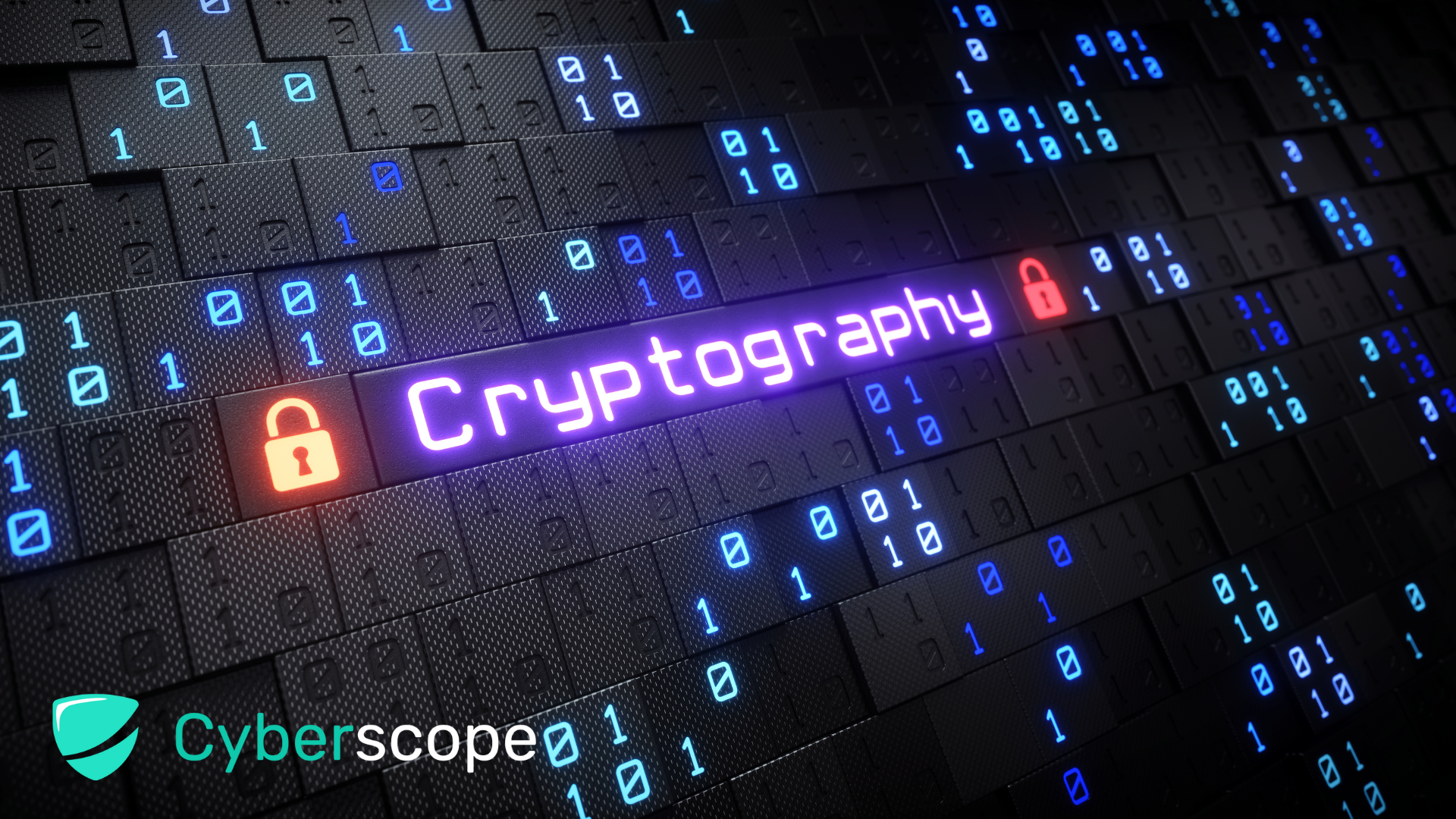
Cryptography
Cryptography is a critical component of blockchain security. It entails the application of mathematical techniques to prevent illegal access or manipulation of data recorded on the blockchain. The integrity of the data is vital to the blockchain's security, and cryptography plays a critical role in preserving the data's security. Hash Functions
Blockchain technology employs a number of encryption approaches. Hash functions, for example, take an input and produce a fixed-length output that is unique to that input. Hash functions are used to maintain data integrity by ensuring that no tampering has occurred. Digital Signatures
Digital signatures are another common cryptographic mechanism used in blockchain. Digital signatures serve as verification of data's authenticity and integrity. They are used to ensure that blockchain transactions are valid and have not been tampered with.
Public-Key Cryptography
Blockchain technology employs public-key cryptography in addition to hash functions and digital signatures. To encrypt and decrypt data, public-key cryptography employs a pair of keys, one public and one private. This method is used to ensure that only authorized parties have access to blockchain data.
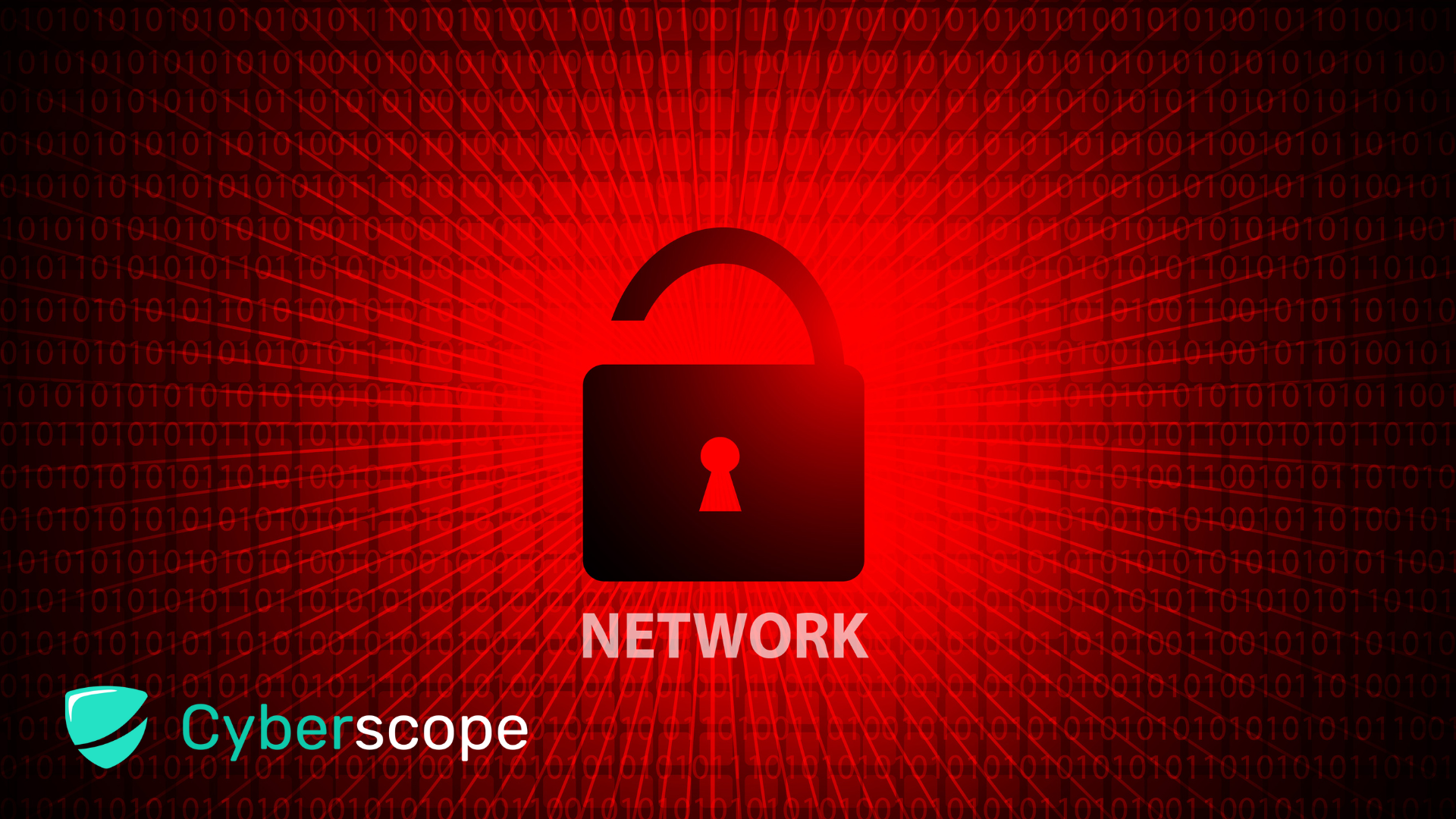
Network Security
Securing a blockchain system's network infrastructure is important to its overall security in today's digital ecosystem. Network security refers to the execution of steps to secure a blockchain system's network infrastructure against unauthorized access, misuse, modification, or denial of service attacks.
Some of the most widely utilized network security technologies in defending a blockchain system are firewalls, access controls, and other security measures. Firewalls are network security systems that use a set of security rules to govern incoming and outgoing network traffic. Access controls, on the other hand, govern who has access to which resources or systems within a blockchain network.
Network security is critical to the overall security of a blockchain system. It protects against a wide range of external threats, such as hacking attempts, malware, phishing, and other cyberattacks that might undermine the network infrastructure of a blockchain system.
Blockchain developers and stakeholders can protect their systems and sensitive data from cyber threats by employing appropriate network security measures.
Conclusion
Finally, blockchain security services are critical in protecting blockchain systems from various security threats. As blockchain technology grows in popularity, so do the risks and challenges connected with safeguarding it. As a result, employing blockchain security services is critical to ensuring the safety and security of these systems. Cyberscope is a cybersecurity company that provides a wide range of security services, including blockchain security auditing and advanced tools and techniques to assess the security of blockchain systems. In general, by working with a trusted company, blockchain developers can be confident that their systems are well-protected against a variety of threats. Overall, it is crucial for blockchain stakeholders to prioritize security and ensure the safety and security of their systems.
Recent Posts
.jpg%3Falt%3Dmedia&w=640&q=75)


What is a Fallback Attack in Smart Contracts?
5 months ago
